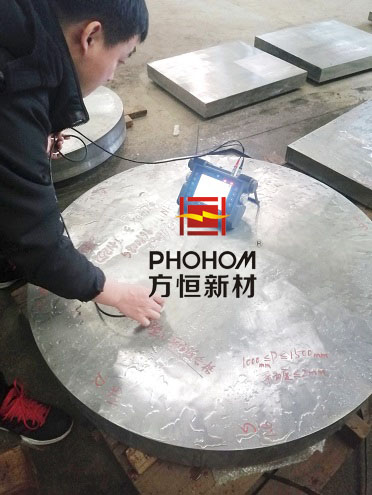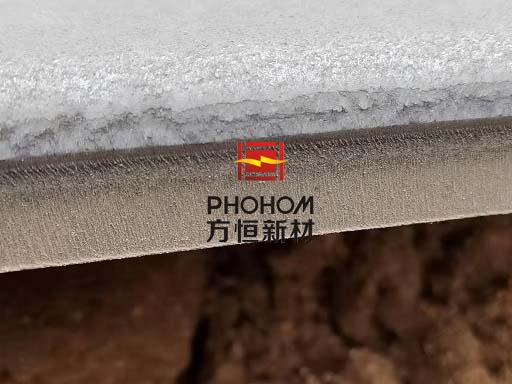Production and Application of Explosion Welding Composite Metals
What is explosion welding?
Explosion welding refers to use the impact force produced by the explosive detonation to push the clad metal to collide with backer at a specific velocity and impact angle, finally achieving a metallurgical combination between the two metals. Since its emergence in the 1940s, its application technology in many fields has achieved breakthrough innovation and progress.
Ways of explosion welding
There are many different explosion ways.
Divided according to the material shapes: plate-plate, tube-tube, tube-plate, tube-stick, alien parts and powder-plate;
Divided according to the joint types: overlap joint, butt joint, scarf joint and crimp joint; Divided according to the explosion sites: ground, underground, air, underwater, and vacuum;
Divided according to the number of explosions: once, twice and several times;
Divided according to the number of explosion sides: one side and double side;
Divided according to internal or external explosion welding: internal, external and both internal and external explosion welding;
Divided according to hot or cold explosion: hot explosion and cold explosion;
Also there is a joint explosion welding which combined with other metal pressure processing processes (such as rolling, forging, spinning, punching, extrusion, drawing, etc.)

When the plate is large, we can use the parallel method for explosion welding. Since if use the angle method, the gap distance will increase a lot at the front end which will make the clad plate be excessively accelerated to hit the base plate and cause too much energy. As a result, the border injury and cracking range will expand, thereby reducing the effective area of the cladding plate and increasing metal losses. When installing a large clad plate, in order to prevent the middle part of the clad plate drooping or warping to contact with the surface of the base plate after installation, several metal pieces can be placed there.
When using the explosion cladding method to make big plate, it is recommended to use the center detonation method to ignite the explosive, or detonate the explosive from the middle of the long side. In this way, the gas in the gap can be discharged nearby which can help the clad plate hit the base plate successfully and reduce the area and quantity of metal melting in the bonding zone. In order to detonate low-explosive explosives and reduce the detonator zone, a certain amount of high-speed explosives are usually placed under the exploder. The length and width of the clad plate are usually 20 to 50mm larger than the base plate to make the edge defects outside the cladding plate and ensure the quality of the edge. It’s the same for tube-tube sheet explosion welding.
What are the differences between explosion welding and conventional welding?
Explosion welding and conventional welding methods are different in operating principles and welding effects.
1.Different operating principles: Conventional welding uses the melting of heating sources and welding materials. By melting with the welding material, welded seams are formed. While explosion welding is instantaneous heating and compacting the material through a high-speed shock wave to achieve welding.
2. Different welding speed: The conventional welding time is long, including steps of heating, melting, cooling, etc . The explosive welding speed is fast, all processes of heating, compacting materials and forming welds can be instantly completed.
3. Different range of application: Conventional welding is suitable for various metal materials, but explosion welding is generally only suitable for welding very thick metal plates or irregular surfaces of the same or different metals.
4. Different costs: Because explosive welding requires special equipment and technologies, equipment and operating costs are high, while conventional welding costs are relatively low.

Advantages of explosion welding
(1) Achieve the connection of the same and dissimilar metals;
(2) Wide weldable size range (welded area of 13-28m2);
(3) Weld double and multi-layer plates;
(4) Simple craftsmanship, no complex equipment, less investment, and convenient application;
(5) No need to fill metal, which can save valuable metals;
(6) The surface cleaning requirements are not high, just to simply remove the oxide and oil.
In general, explosion welding is a effective method of welding most metals and is suitable for welding various complex dissimilar metals. Phohom New Material is the largest manufacturer of explosion welding metal composite materials in China. We can provide the solution of dissimilar metal composite materials for customers through explosion welding or other welding methods.